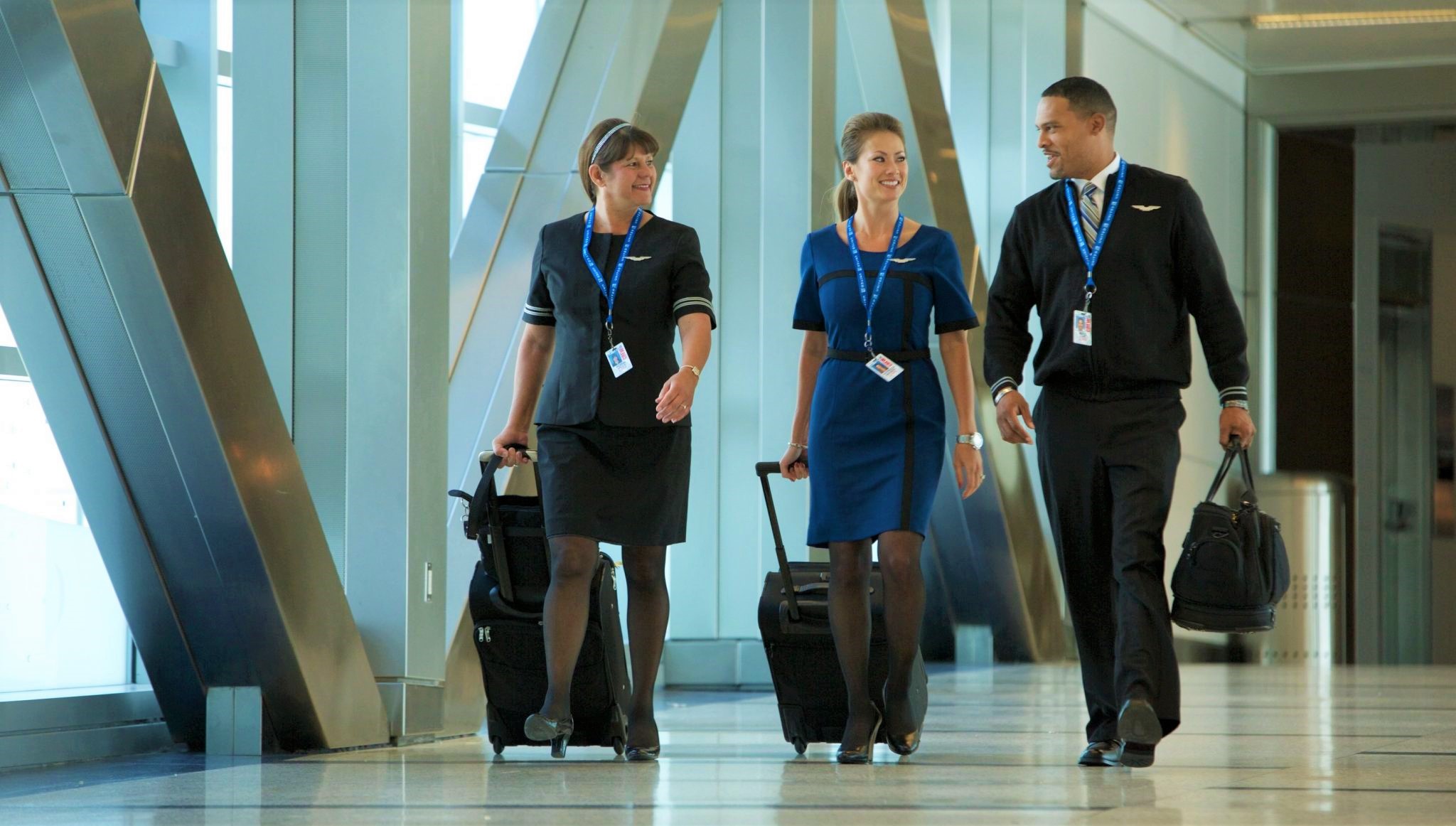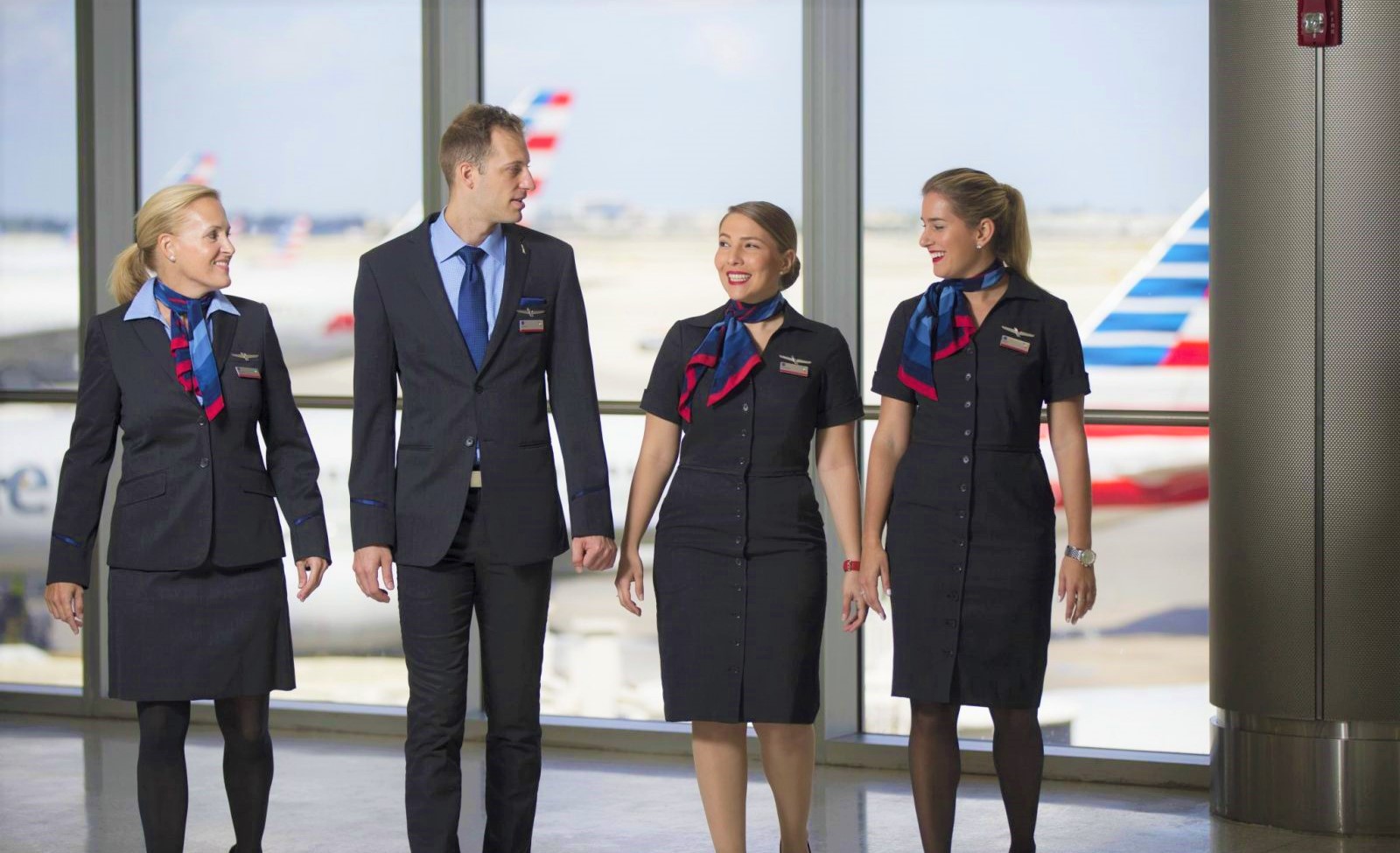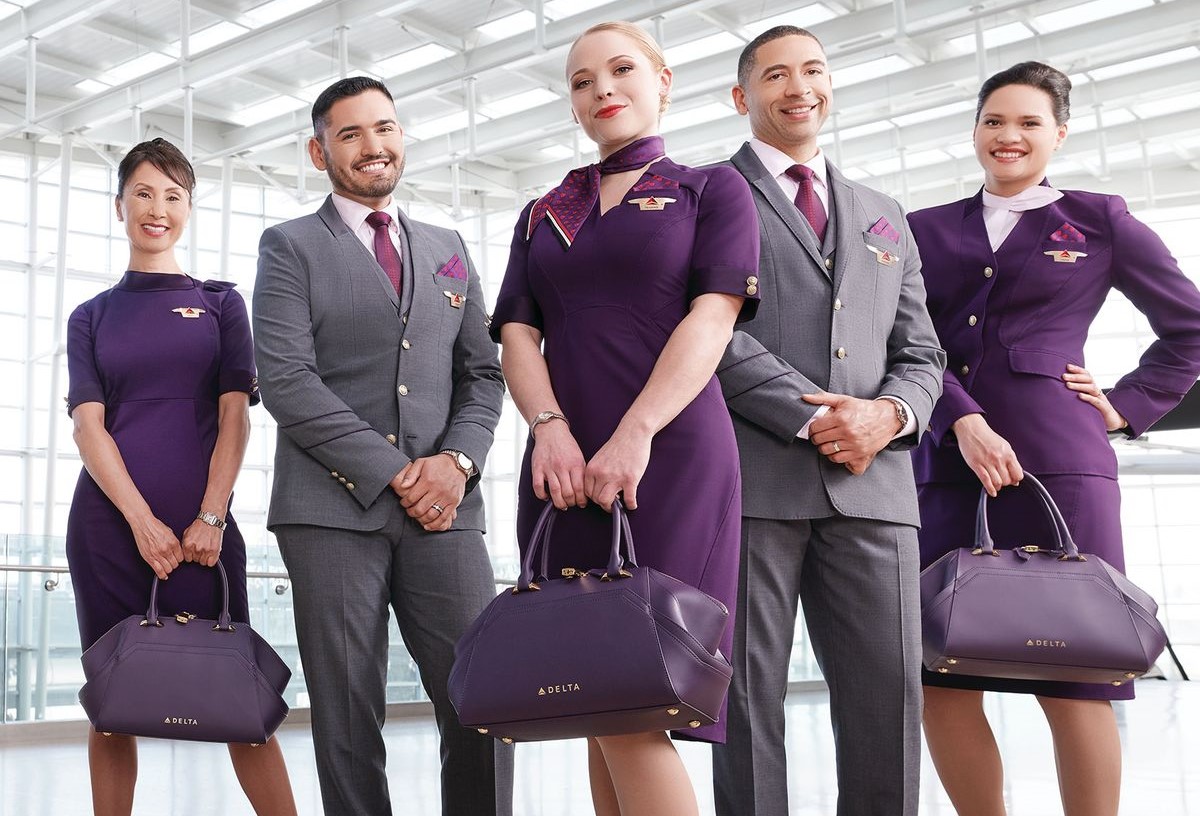


In a decision, that will pinch the airlines and operators , the U.S. aviation regulator Federal Aviation Administration (FAA) said Thursday it was proposing to require flight attendants receive at least 10 hours of rest time between shifts after Congress had directed the action in 2018, according to a document released Thursday.
Section 14 CFR § 121.467 lays down the Flight attendant duty period limitations and rest requirements.
Airlines for America, a trade group representing major carriers including American Airlines, Delta Air Lines , United Airlines and others, had previously estimated the rules would cost its members $786 million over 10 years for the 66% of flight attendants its members employ.

Under Section 14 CFR § 121.467 , Paragraph b(2) and b(3) lays down the rest period requirements , extract of which is as below,
► (2) Except as provided in paragraph (b)(3) of this section, a flight attendant scheduled to a duty period of 14 hours or less as provided under paragraph (b)(1) of this section must be given a scheduled rest period of at least 9 consecutive hours. This rest period must occur between the completion of the scheduled duty period and the commencement of the subsequent duty period.
► (3) The rest period required under paragraph (b)(2) of this section may be scheduled or reduced to 8 consecutive hours if the flight attendant is provided a subsequent rest period of at least 10 consecutive hours; this subsequent rest period must be scheduled to begin no later than 24 hours after the beginning of the reduced rest period and must occur between the completion of the scheduled duty period and the commencement of the subsequent duty period.
Aviation employees unions told the FAA the majority of U.S. flight attendants now receive 10 hours of rest from airlines and had urged the rule's quick adoption for safety and security reasons.

The FAA said,
“flight attendants serve hundreds of millions of passengers on close to 10 million flights annually in the United States” and added “flight attendants perform safety and security functions while on duty in addition to serving customers.”
It cited reports that about the “potential for fatigue to be associated with poor performance of safety and security related tasks,” including in 2017, “a flight attendant reported almost causing the gate agent to deploy a slide” which was attributed to fatigue and other issues.
The FAA estimated the regulation could prompt the industry to hire another 1,042 flight attendants and cost $118 million annually , but said if hiring assumptions were cut in half it would cut estimated costs by over 30%.
